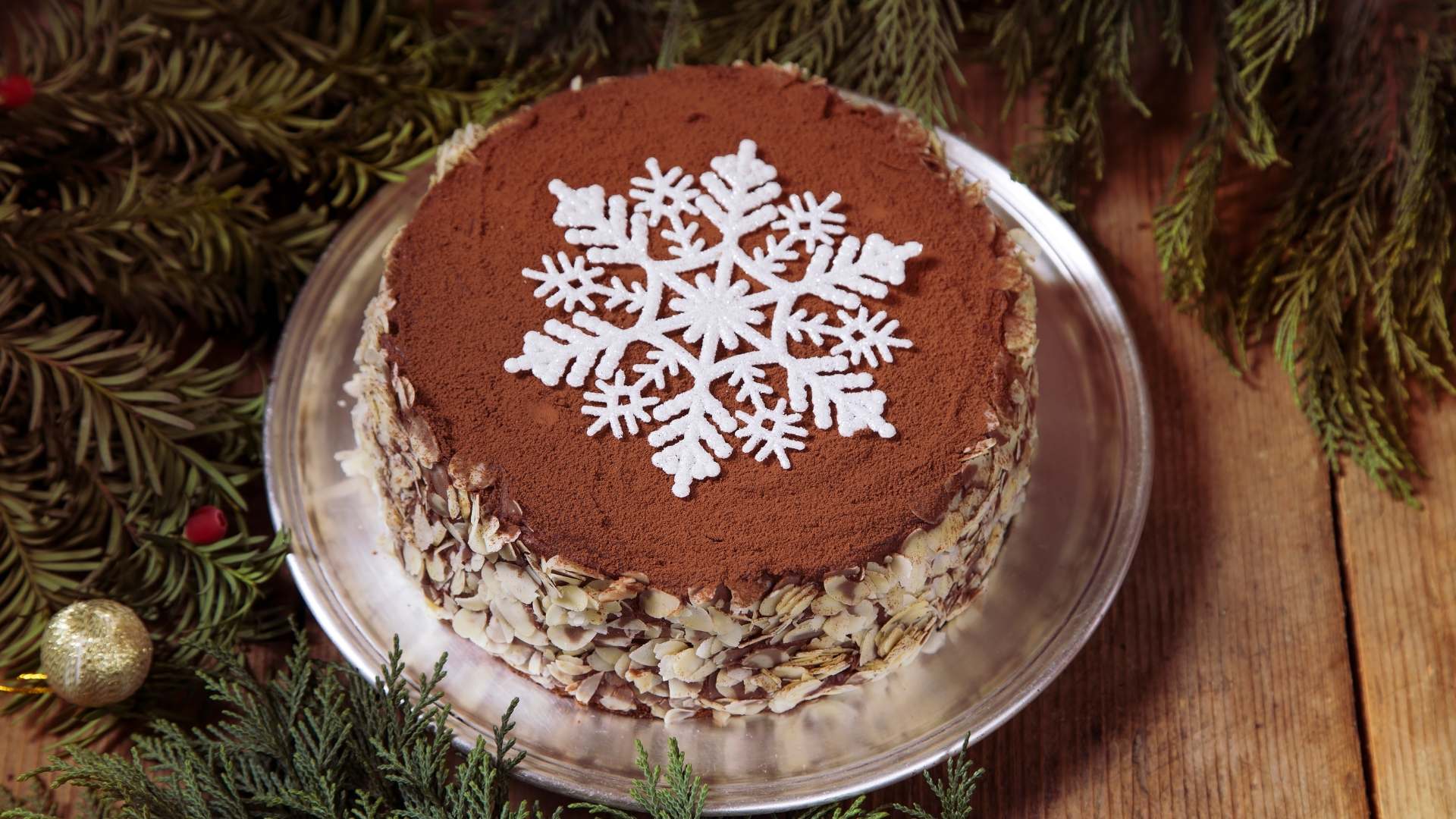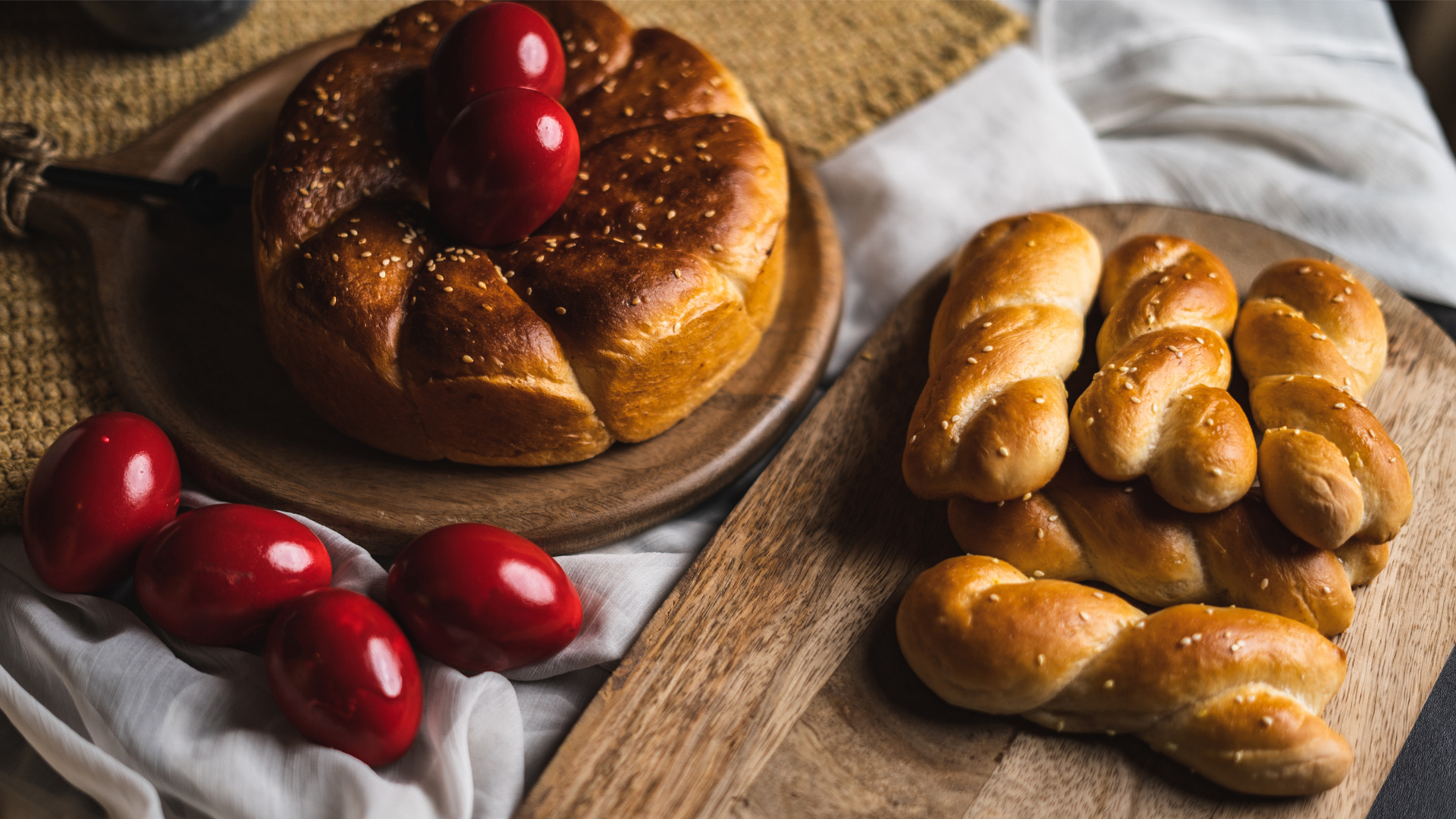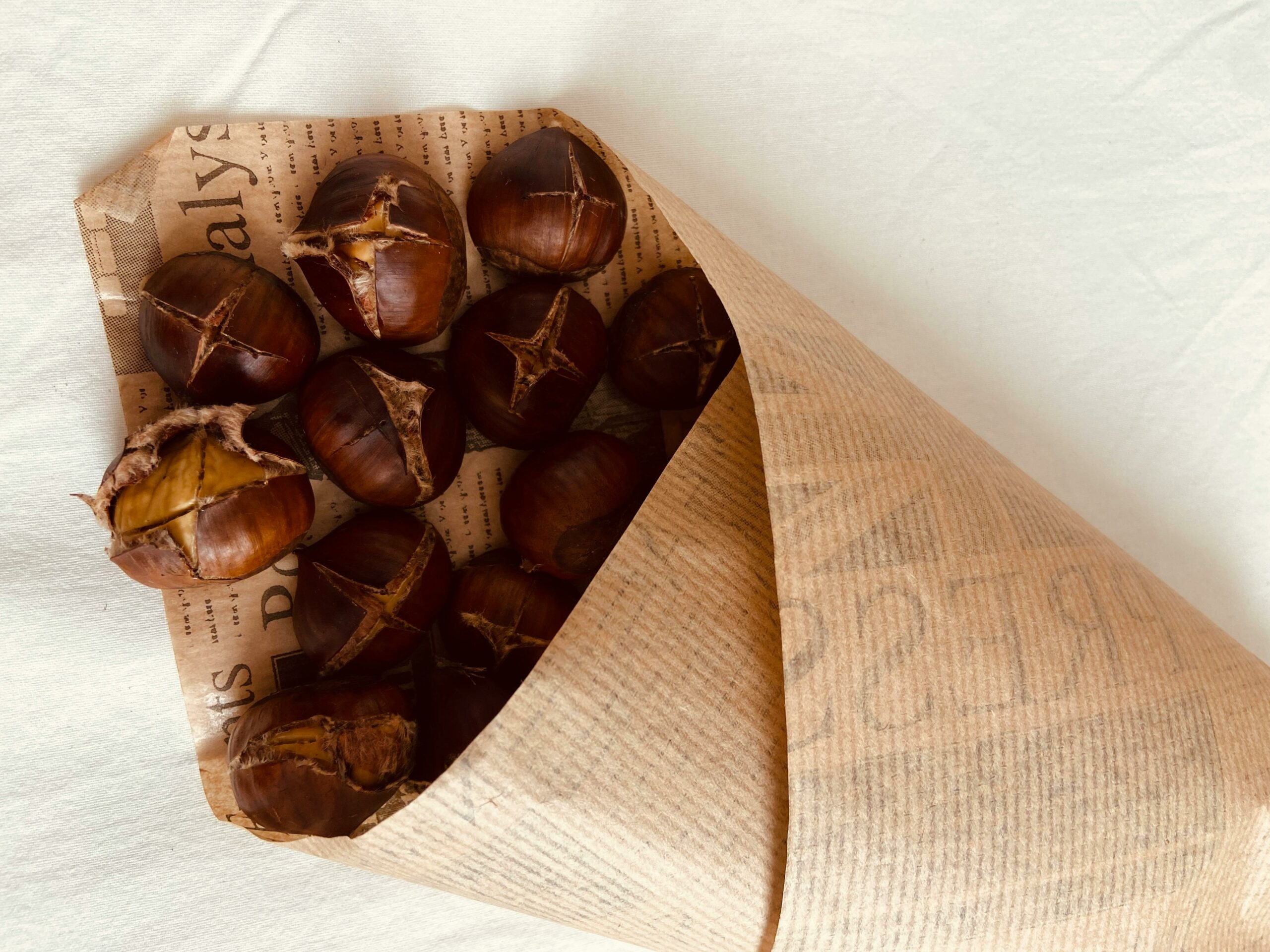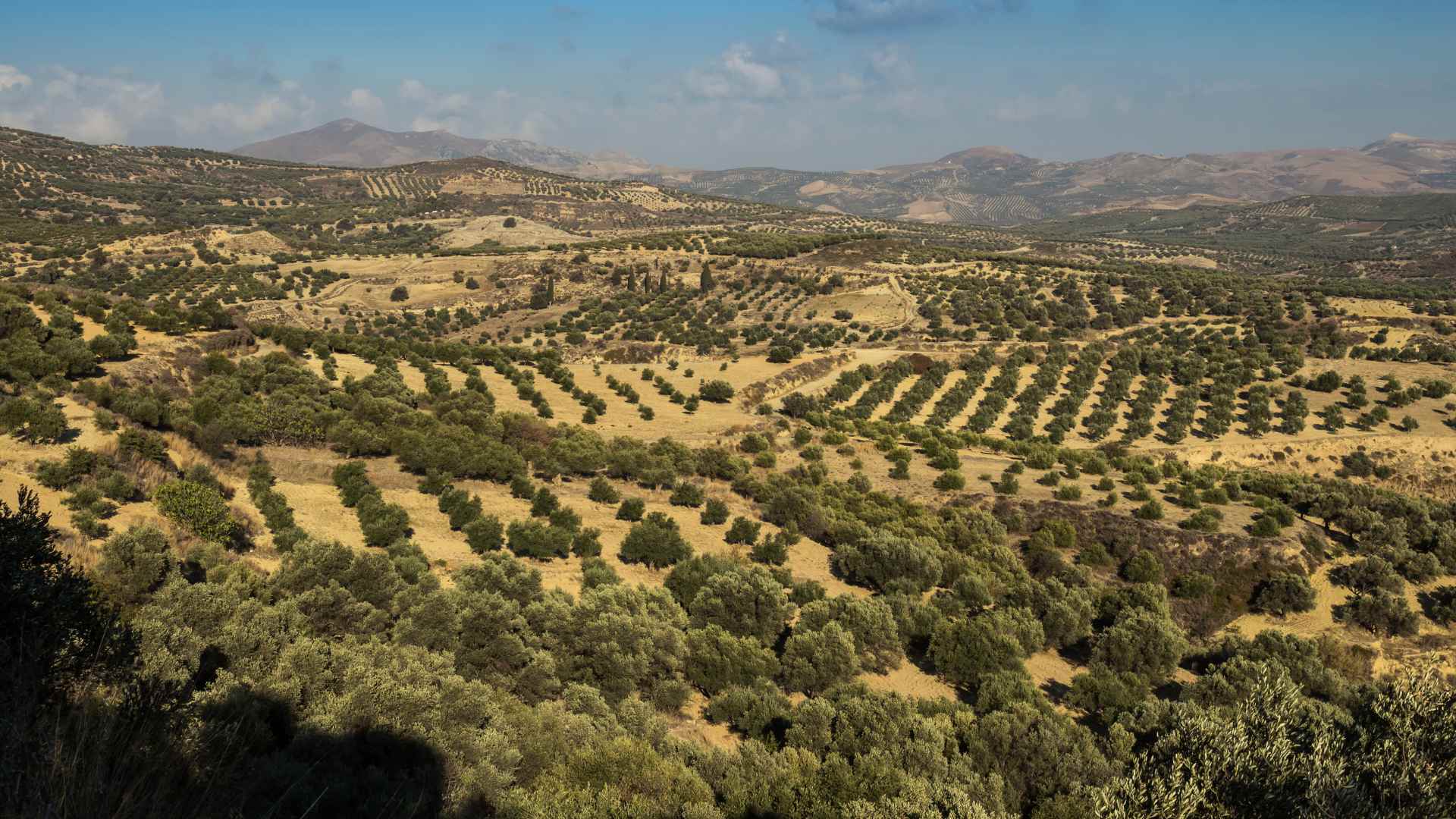Easter in Crete is a time of celebration, reflection, and, of course, food! The island's…

Ringing in the New Year, Cretan-Style: Traditions and Festivities
New Year’s Eve in Crete is a time for celebration, reflection, and heartfelt wishes for the year ahead. Blending ancient customs with contemporary cheer, Cretans mark the occasion with family gatherings, delicious food, and unique traditions that set the island apart. Here’s how to experience a memorable New Year’s Eve in Crete.
1. The Vasilopita Tradition
One of the most beloved New Year’s customs in Crete—and across Greece—is the cutting of the Vasilopita, or St. Basil’s Cake. This sweet, often flavored with orange or spices, is baked with a coin hidden inside. At midnight, the cake is cut, with each slice representing a person or household. Whoever finds the coin is believed to be blessed with good fortune for the year ahead.
Many families gather around the table for this moment, sharing laughter and joy as they make their wishes for the new year.
2. New Year’s Feast
Food plays a central role in New Year’s celebrations. The table overflows with traditional Cretan dishes, including:
- Lamb or pork: Roasted with local herbs.
- Kalitsounia: Sweet cheese pastries, often drizzled with honey.
- Xerotigana: Thin, fried dough spirals sprinkled with cinnamon and sugar, symbolizing happiness and prosperity.
- Raki and wine: Locally made spirits to toast the occasion.
As the feast continues into the night, stories are shared, and music often becomes part of the celebration.
3. Card Games and Luck
Cretans believe that how you start the year sets the tone for the months ahead, so many enjoy playing card games during New Year’s Eve. Winning is seen as a sign of good fortune, and even children join in with simpler games. The atmosphere is lighthearted, with everyone hoping for luck in the coming year.
4. The “First Foot” (Pothariko)
One of Crete’s most unique customs for New Year’s Day is Pothariko, or “the first foot.” The first person to step into a home on New Year’s Day is believed to bring luck for the year ahead. Families carefully choose someone considered lucky, cheerful, or successful for this role, ensuring positive energy enters their home.
The chosen guest steps into the house with their right foot first, symbolizing prosperity. It’s a simple yet meaningful gesture that reinforces the importance of good intentions and relationships.
5. Church and Blessings
For many Cretans, New Year’s Eve or New Year’s Day includes a visit to church to pray for blessings and protection in the year ahead. Holy water is often used to bless homes, fields, and livestock, continuing the deep connection between faith and daily life on the island.
6. Fireworks and Festivities
In larger towns and cities like Heraklion, Chania, or Rethymnon, public celebrations often include fireworks, music, and dancing in the town squares. Villages may have smaller but equally lively gatherings, with traditional lyra music and dancing into the early hours.
7. Making a Wish for the New Year
A modern yet heartfelt tradition is writing wishes for the new year on small pieces of paper and burning them in the fireplace. This symbolic act is a way to release the past and welcome fresh beginnings.
Celebrate Like a Local
Whether you’re sharing a Vasilopita with friends, enjoying the sound of lyra under the starry skies, or waiting for your lucky Pothariko, New Year’s in Crete is an unforgettable experience. It’s a time to celebrate life’s blessings, honor traditions, and welcome the future with open arms—Cretan style.
Happy New Year, or as the locals say, Kali Chronia!



